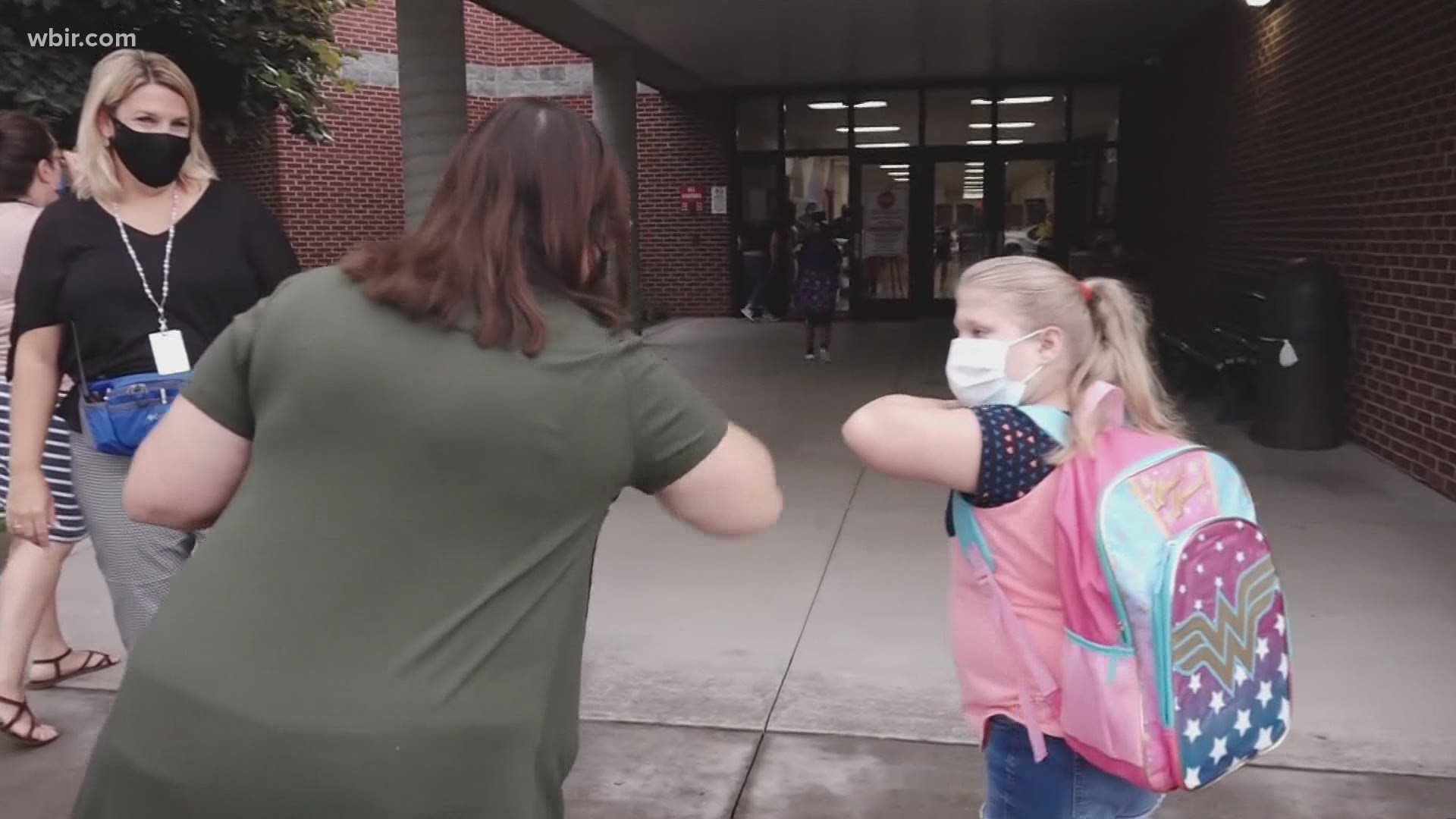ANDERSON COUNTY, Tenn. — They're the unsung heroes of the hallways— dispensing band-aids, checking for lice, and now leading the charge to stop COVID in the classroom.
"Whenever a parent contacts us to let us know that a child is either positive or they have a household contact or they’ve been in contact with somebody outside of the school, we start that contact tracing," Kathryn Price, the director of nursing at Anderson County Schools, said.
"Right before Christmas break, I felt like I needed a mental health day. I was feeling really worn out," she said.
Her team contact-traced more than 300 cases last semester and now they're gearing up for an onslaught after the holidays.
"Our cases are going to go up because people were congregating," she said.
She said they've found fewer cases of in-school transmission but more household spread.
"We had 500 or 600 close contacts in the classroom that they didn't come back positive. But it's the households that end up coming back after being on quarantine that come back positive."
The range of symptoms is wide, so is the number of close contacts. While elementary students typically have two or three, high school students could have up to ten.
"In high school, it really depends on if they are involved in any kind of sports activities," she said.
The system counts on parents to call in when they notice symptoms or get a positive test.
"That way we could notify the principals and the teacher and we could start our report to notify the health department to get that return to school date for those kids," she said.

